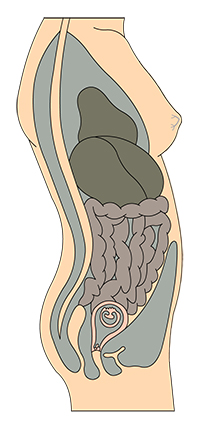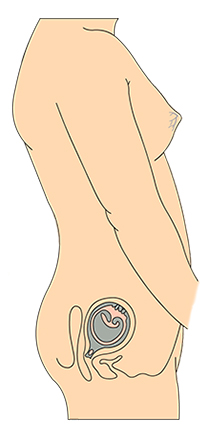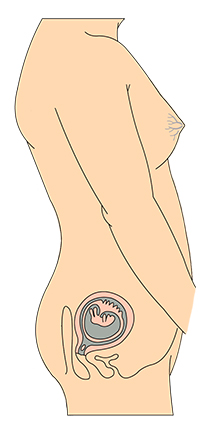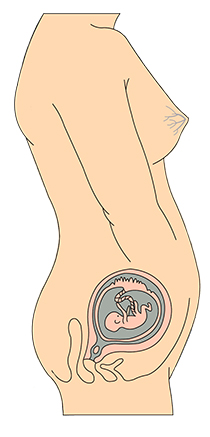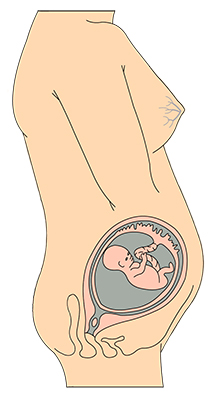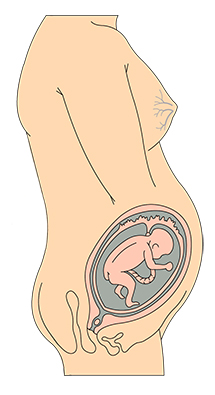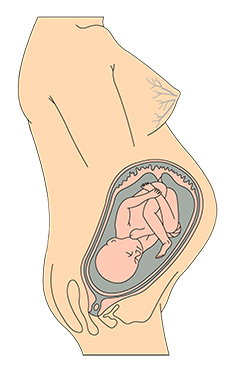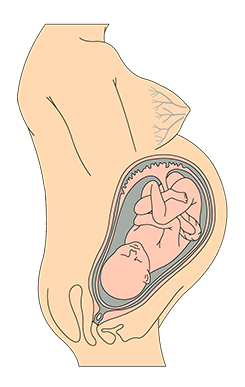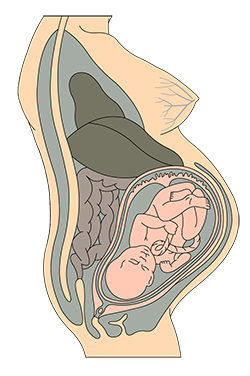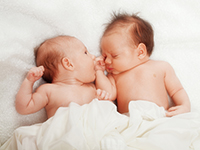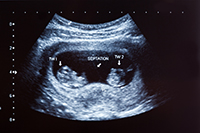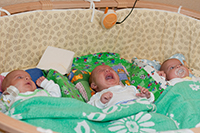
Multiple births of three or more are called Higher Order Multiples or HOMs. They can be a combination of both identical and non-identical multiples. Triplets are most commonly a combination of two identical and one non-identical triplet.
The news about expecting twins or HOMs can come as a shock to parents. Early diagnosis is important so that you can begin to gather as much information as possible to prepare yourself for your new arrivals. If you are pregnant with twins or HOMs you will find that your pregnancy experience and antenatal care will be different compared to women with singleton pregnancies. You might find that your experience of the minor discomforts of pregnancy is exacerbated simply because you are carrying more than one baby and there are more circulating hormones. You will likely need extra antenatal visits and tests as determined by your obstetrician. Your delivery due date may also be brought forward. There are certain risks associated with multiple pregnancies such as, miscarriage, preterm birth, low birth weight, pre-eclampsia, twin to twin transfusion syndrome and cerebral palsy.
For more comprehensive information and advice on twins and HOMs pregnancy and support, please visit the Australian Multiple Birth Association at www.amba.org.au. Additionally, some of our hospitals provide Multiple Birth Classes in their face-to-face antenatal classes. Please check the Website of your hospital.



